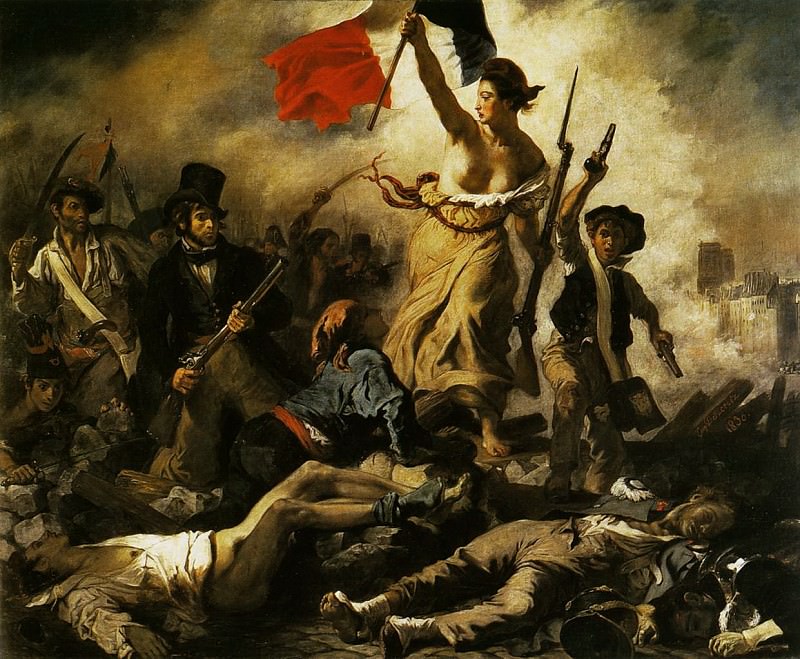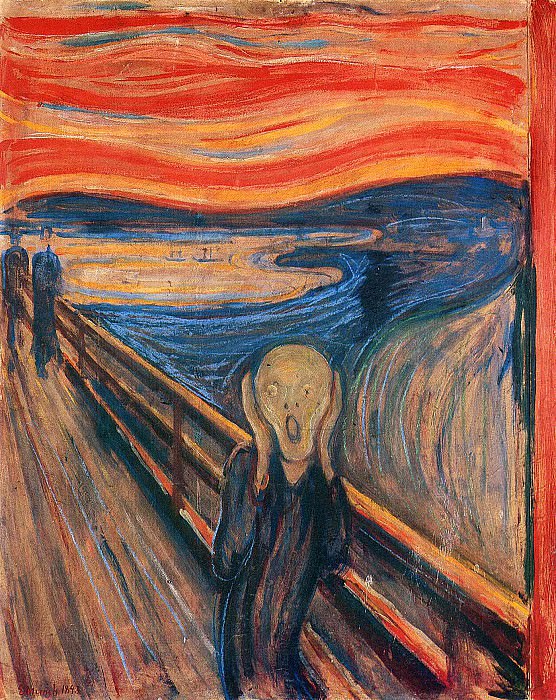Amedeo Modigliani: Master of Modern Art
Early Life and Influences
Amedeo Modigliani was born on July 12, 1884, in Livorno, Italy. His family was of Sephardic Jewish descent, and his upbringing was marked by both cultural richness and financial difficulties. From a young age, Modigliani exhibited a keen interest in art, which was nurtured by his mother, Eugenia, who supported his passion despite their strained circumstances. His early exposure to art was further enriched by the Italian Renaissance masterpieces, which left a lasting impression on his developing artistic sensibilities.
Artistic Education and Journey
Modigliani's formal art education began in 1898 at the Art School of Livorno, where he studied under the guidance of Guglielmo Micheli. His early works were influenced by Italian classical art, yet Modigliani's style quickly began to evolve, reflecting his burgeoning interest in modernist movements. In 1902, he moved to Florence and later to Venice, where he attended the Scuola Libera di Nudo at the Accademia di Belle Arti. His time in Venice was transformative, as he was exposed to Symbolism and the works of artists like Gustav Klimt and Edvard Munch.
Paris: The Cradle of Modern Art
In 1906, Modigliani moved to Paris, the epicenter of the avant-garde art scene. The vibrant cultural milieu of Montmartre and later Montparnasse provided him with the perfect environment to refine his unique artistic voice. He quickly became associated with notable artists such as Pablo Picasso, Constantin Brâncuși, and Diego Rivera. Despite being part of this dynamic artistic community, Modigliani maintained a distinctive style that set him apart from his contemporaries.
Sculptural Endeavors
Initially, Modigliani pursued sculpture, heavily influenced by the works of Brâncuși and African art. His sculptures, characterized by elongated forms and simplified features, were a precursor to the distinctive style he would later develop in his paintings. However, due to his frail health and the demanding nature of sculptural work, he eventually shifted his focus entirely to painting. The influence of his sculptural period is evident in his later works, particularly in the elongated forms and mask-like faces that became his trademark.
Portraits: A Window to the Soul
Modigliani is best known for his portraits, which are celebrated for their emotional depth and stylized elegance. His portraits often feature elongated necks and faces, almond-shaped eyes, and a serene, introspective quality. Unlike many of his contemporaries, Modigliani's approach to portraiture was deeply personal. He sought to capture the inner essence of his subjects rather than just their physical appearance. His subjects ranged from friends and lovers to fellow artists and patrons, each rendered with a unique blend of abstraction and realism.
Nudes: Controversial Beauty
One of the most striking aspects of Modigliani's oeuvre is his series of nudes, which are considered some of the most sensual and provocative works of the early 20th century. These paintings were revolutionary in their unabashed celebration of the female form, presented with a combination of eroticism and dignity. Modigliani's nudes, characterized by their elongated forms and graceful lines, broke away from traditional representations of the nude and were initially met with scandal and censorship. Today, they are celebrated for their boldness and beauty, representing a pinnacle of Modigliani's artistic achievement.
Health and Struggles
Modigliani's life was marred by ill health and personal struggles. He suffered from tuberculosis, a condition that significantly impacted his life and work. His bohemian lifestyle, marked by excessive drinking and drug use, further exacerbated his health problems. Despite his deteriorating condition, Modigliani remained prolific, driven by an unwavering dedication to his art. His tragic personal life, including tumultuous relationships and financial difficulties, added a poignant layer to his artistic legacy.
Jeanne Hébuterne: Love and Tragedy
A significant chapter in Modigliani's life was his relationship with Jeanne Hébuterne, a young art student who became his muse and lover. Their relationship, though passionate, was fraught with difficulties, primarily due to Modigliani's health and lifestyle. Jeanne, who was pregnant with their second child, tragically committed suicide the day after Modigliani's death, further cementing the tragic narrative of his life. Jeanne's presence in Modigliani's work is profound, with numerous portraits capturing her melancholic beauty and their deep, albeit troubled, connection.
Legacy and Influence
Amedeo Modigliani passed away on January 24, 1920, at the age of 35. Despite his short life, his impact on the art world was immense. Modigliani's distinctive style, characterized by its elegance, emotional depth, and modernist sensibilities, left an indelible mark on 20th-century art. His works, which were often underappreciated during his lifetime, gained significant recognition posthumously. Today, Modigliani is celebrated as one of the pioneers of modern art, with his paintings and sculptures held in high regard by collectors and art enthusiasts worldwide.
Modigliani in the Modern Era
The appreciation for Modigliani's art has grown exponentially over the decades. His works are now considered masterpieces, fetching record prices at auctions and being featured in prestigious museums and galleries around the world. The unique blend of realism and abstraction in his work continues to inspire contemporary artists, and his portraits and nudes remain iconic representations of modernist art. Modigliani's influence can be seen in various art movements, and his legacy as a trailblazer in the art world endures.
Exhibitions and Retrospectives
Over the years, numerous exhibitions and retrospectives have been dedicated to Modigliani's work, further cementing his status as a modern art icon. These exhibitions often explore different facets of his oeuvre, from his early sculptures to his later paintings. They provide art lovers with a comprehensive understanding of Modigliani's artistic journey and the evolution of his distinctive style. Retrospectives often highlight the personal and artistic struggles he faced, offering a deeper insight into the man behind the masterpieces.
Modigliani's Artistic Techniques
Modigliani's artistic techniques were as unique as his style. He often used a limited color palette, focusing on earthy tones and subtle contrasts to create a sense of depth and warmth. His brushwork was fluid and expressive, lending a sense of movement and life to his portraits. Modigliani's approach to composition was also distinctive, with a focus on symmetry and balance that complemented his elongated forms. These techniques, combined with his innovative use of abstraction, made his works stand out in the crowded field of early 20th-century art.
Collecting Modigliani
Today, Modigliani's works are highly sought after by collectors and art investors. His paintings, particularly his portraits and nudes, are considered valuable assets in the art market. Collecting Modigliani requires a discerning eye and a deep appreciation for his unique style and artistic contributions. Art collectors often seek out his works for their emotional depth, historical significance, and aesthetic beauty. Modigliani's pieces are not just valuable investments but also profound expressions of artistic genius.
Conclusion
Amedeo Modigliani's art remains a testament to his extraordinary talent and vision. His distinctive style, marked by elongated forms, emotional depth, and modernist sensibilities, continues to captivate audiences around the world. Despite the personal struggles and health issues that plagued his life, Modigliani's dedication to his art never wavered. His legacy as a master of modern art endures, with his works celebrated for their beauty, innovation, and profound impact on the art world. Modigliani's journey from the streets of Livorno to the vibrant art scene of Paris is a story of passion, perseverance, and artistic brilliance. His contributions to modern art remain unparalleled, and his influence continues to inspire generations of artists and art lovers alike.

















